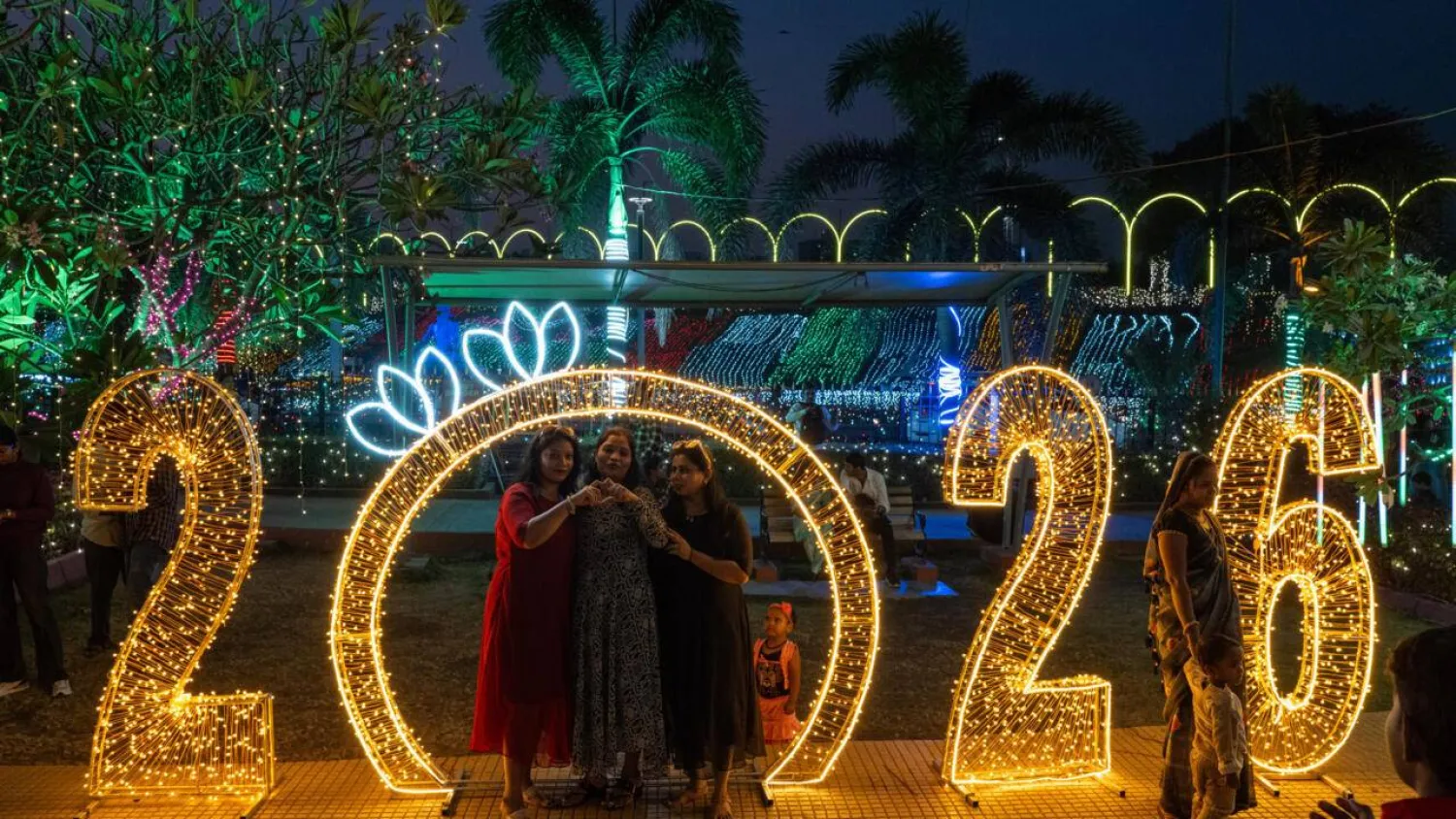The International Monetary Fund announced on Wednesday that the Kingdom of Saudi Arabia has been selected to Chair the International Monetary and Financial Committee (IMFC), SPA said.
IMFC provides support to the IMF Board of Governors on the supervision and management of the international monetary and financial system, including on responses to unfolding events that may disrupt the system.
"The Kingdom's chairmanship of the IMFC for 2024-2027 reflects the trust of the international community in the Kingdom's leadership globally and regionally, and the pivotal role it plays in promoting international multilateral efforts," Saudi Minister of Finance Mohammed bin Abdullah Al-Jadaan said.
"I thank the Former Chair of the IMFC, Ms. Nadia Calvino, for her accomplishments during her term, and I look forward to working with the IMFC members and the IMF management to promote the stability and effectiveness of the international monetary and financial system," the Minister added.
The IMFC deliberates on the matters concerning the growth and stability of the global economy, and has become a key instrument for providing strategic direction to the work and policies of the IMF.
The Committee has 24 members, comprising finance ministers and central bank governors, and operates by consensus, including on the selection of its Chair. The Committee usually meets twice a year—at the IMF and World Bank Group Annual and Spring Meetings.
The Kingdom's chairmanship of the IMFC reaffirms its strong commitment to promoting multilateralism, and reflects the leading role it plays towards supporting regional and global economic growth.
Saudi Arabia Selected as IMFC Chair

The International Monetary Fund announced on Wednesday that the Kingdom of Saudi Arabia has been selected to Chair the International Monetary and Financial Committee (IMFC). (SPA)

Saudi Arabia Selected as IMFC Chair

The International Monetary Fund announced on Wednesday that the Kingdom of Saudi Arabia has been selected to Chair the International Monetary and Financial Committee (IMFC). (SPA)
لم تشترك بعد
انشئ حساباً خاصاً بك لتحصل على أخبار مخصصة لك ولتتمتع بخاصية حفظ المقالات وتتلقى نشراتنا البريدية المتنوعة







